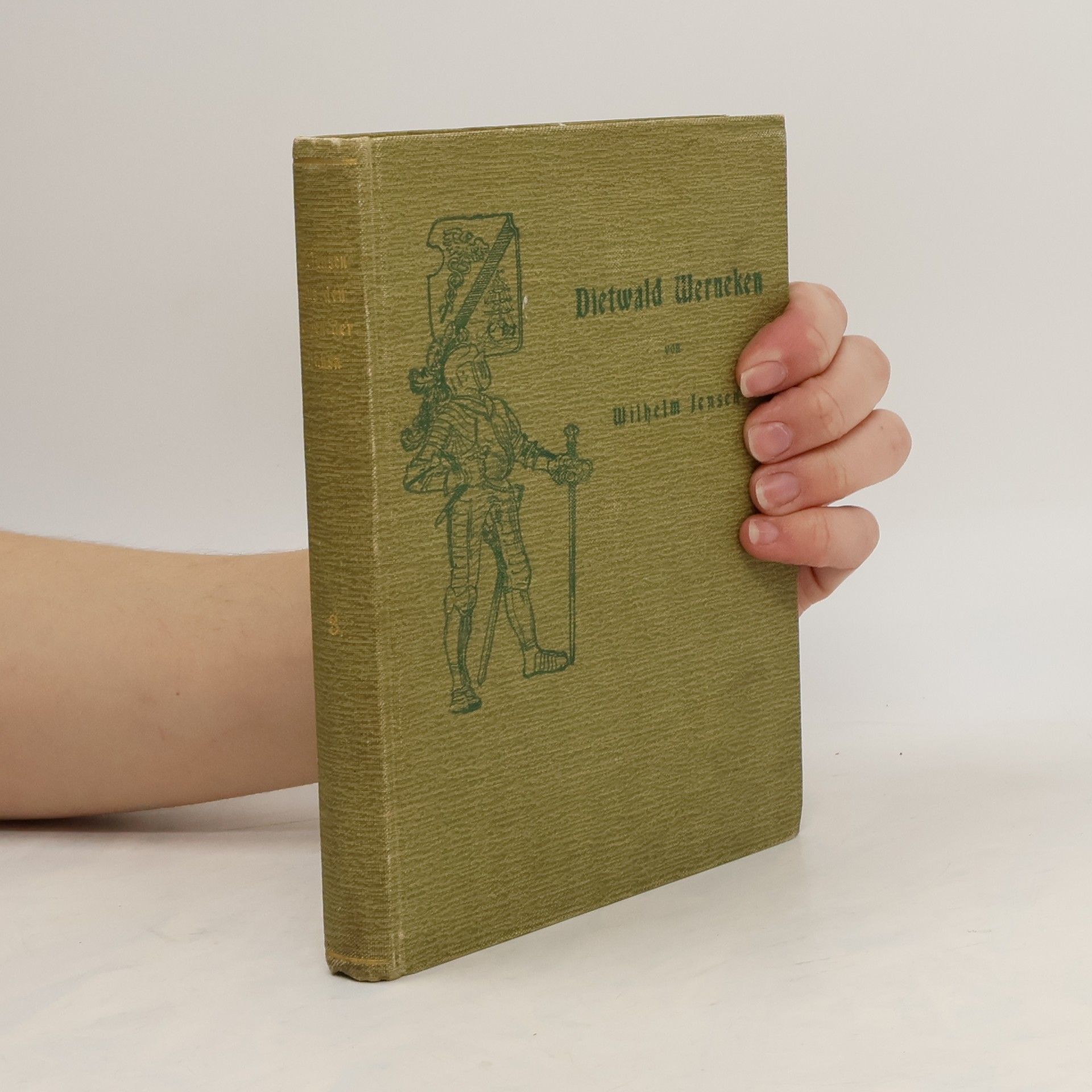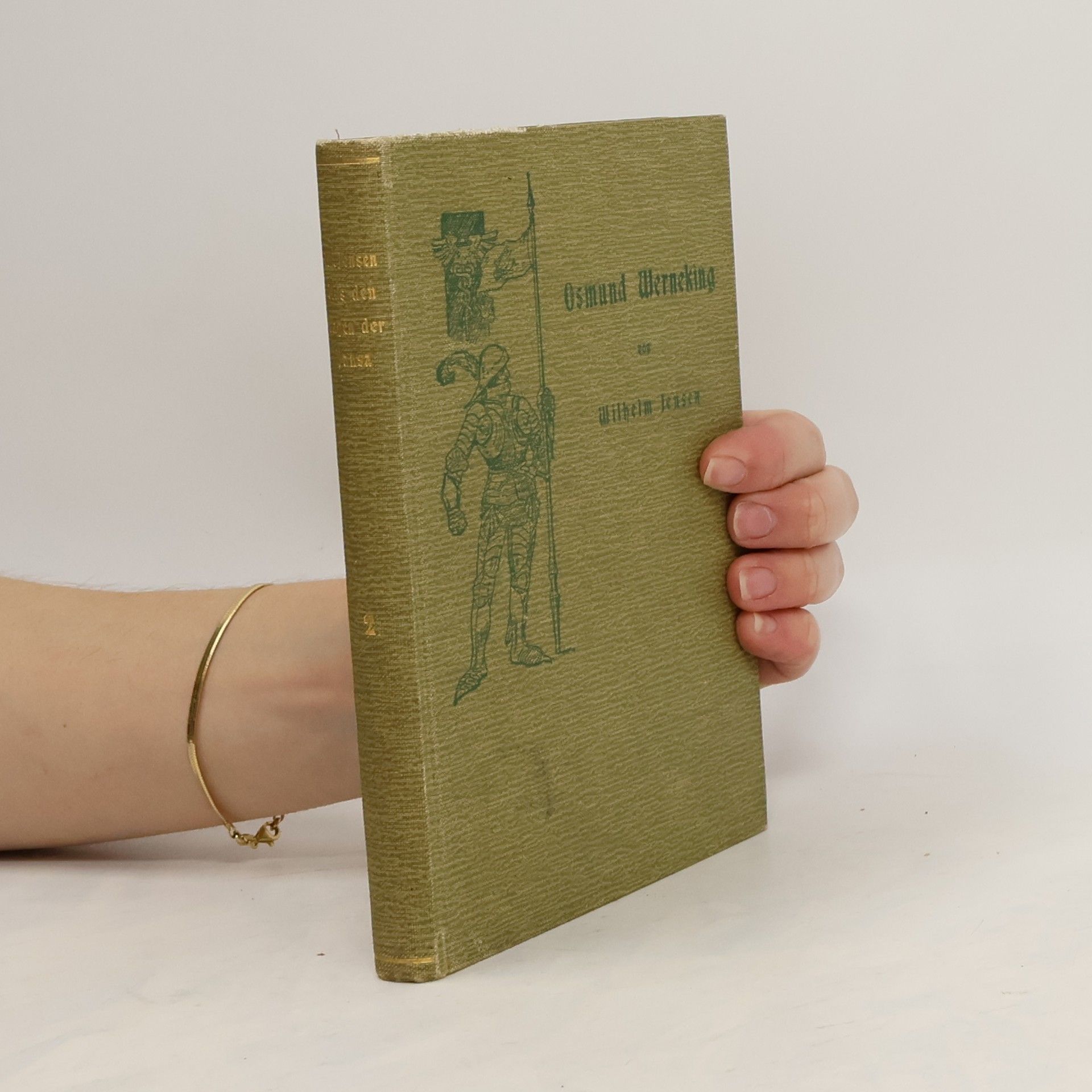Delusion and Dream
- 136 pages
- 5 hours of reading
The collection features essays originally authored by Wilhelm Jensen, exploring the intricate relationship between dreams and delusions. Sigmund Freud, the renowned neurologist and psychoanalysis pioneer, provides insightful analysis and interpretation of Jensen's work, delving into the psychological implications of dreams. This compilation offers a unique perspective on the human psyche, blending literary analysis with psychoanalytic theory.








